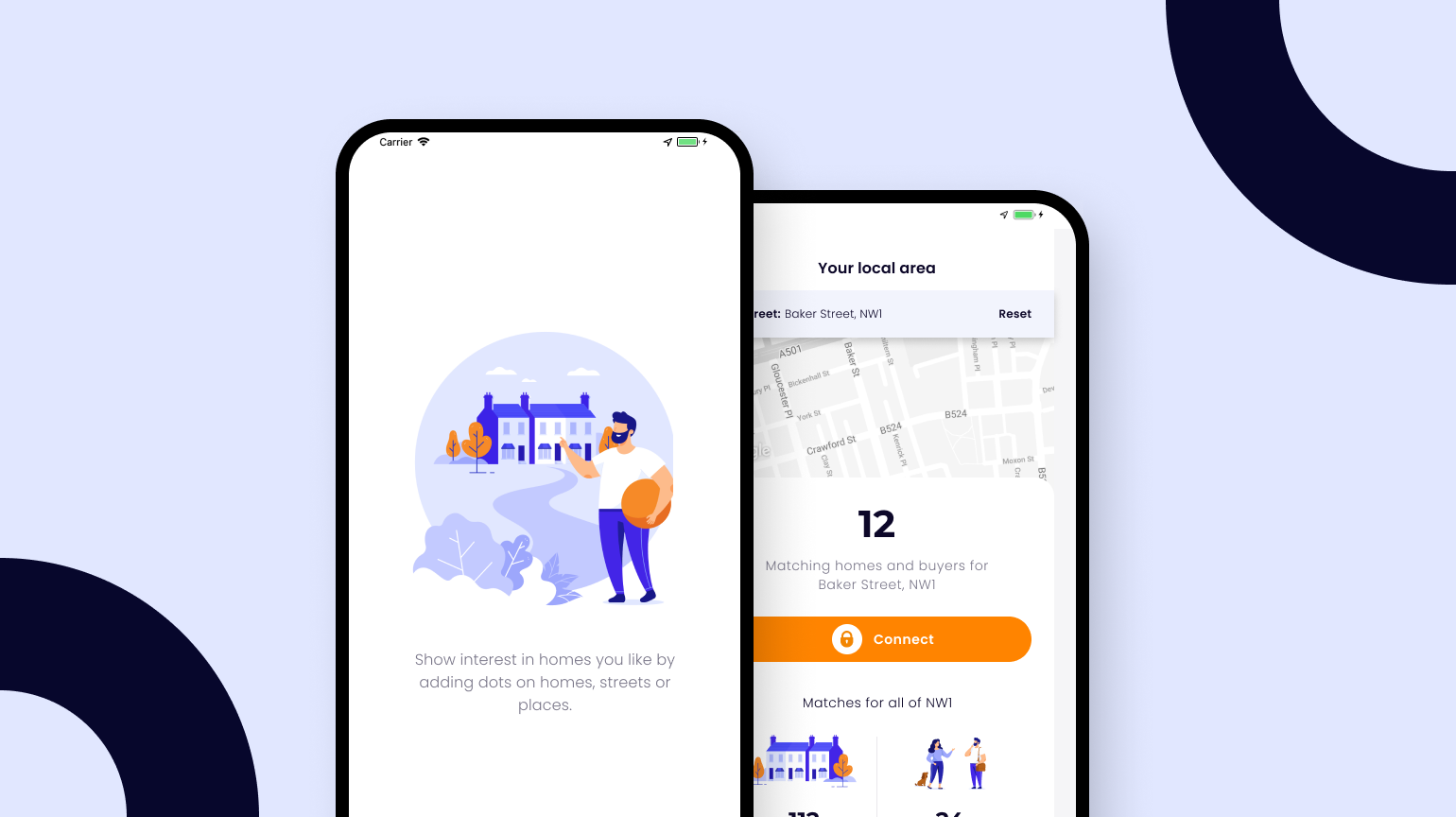Staff Augmentation
Take some weight off your team
The IT market keeps growing rapidly, but shortages of software developers are still a big fixture in this landscape. Anyone who has recently tried to hire IT experts full-time is aware of this fact.
When you can’t find the right person to join your team full-time, staff augmentation is the second best option. You can get a freelancer from a platform like TopTal, work with a staffing agency, or borrow specialists from a software development company like ours.
If you need additional hands on deck or senior developers to support your project, contact us to see how we can help.
Reasons to use Staff Augmentation Services

Capacity
Demand is hard to predict. When your team is overextended, staff augmentation can help you deliver in time, and with less stress.

Expertise
Chances are that you don’t have all of the competences that you need in house. Short-term support from outside experts can go a long way in reducing technical debt.

Agility
If agility is your priority, you might want to reduce the amount of in-house employees as much as possible, and opt for strategic staff augmentation instead.

Staff Augmentation Doesn’t Always Make Sense
But when it does, it can be a great tool for your business
When does staff augmentation make sense?
There are many situations when staff augmentation is a good option to consider. One of the most common use cases is bringing in additional developers to support your team in handling an unusually large workload.
For start-up founders, especially those with a tech background, staff augmentation can be an effective way to speed up MVP development. If it’s a small start-up team, you might want to bring in developers with unique specializations to build specific features.
B2B service providers in the tech industry can use staff augmentation to broaden their offer. They might not have the necessary expertise on board, but they don’t need to. When a niche service is ordered, they can set up the right team on demand.
Mature product companies and agencies can use staff augmentation as a buffer for inevitable staff turnover. Developers might resign, but the company has to go on. Managers can use augmentation to keep the gears turning.
Some people might wonder if there’s a difference between outsourcing and staff augmentation. The easiest way to tell is to look at who’s micromanaging the developer(s) in question. If it’s our PM, then it’s outsourcing. If it’s your PM, then it’s staff augmentation.
Or just look at the deliverables. The deliverable in outsourcing is a working feature or a complete application. In augmentation, it’s the work hours that the developer(s) spends on your project. That’s not to be confused with a time & materials outsourcing contract, where you get a complete feature/system, but pay per hour instead of a fixed payment.
Potential issues with staff augmentation
1) Instead of going down, development costs stay the same or grow (compared to in-house staff)
Staff augmentation isn’t a way to minimize development costs. It can cost more to use staff augmentation than to rely on in-house developers. For example, if you get a senior developer from outside to join your project and provide technical guidance for a few months, you might pay a much higher hourly rate to that person than your highest-paid in-house developer.
Here’s the catch: once that developer is no longer needed and they leave your team, a sizable chunk of their expertise stays. Plus, you just saved a lot of development time that would’ve otherwise been spent by your team figuring things out themselves.
2) Intellectual property and sensitive data at risk
An airtight contract and NDA should be enough to keep you safe. However, in case of highly sensitive projects (especially when vulnerable data is involved, like in Healthcare or Fintech), it might be risky to use staff augmentation for the core features. It can still be done, but you need to work with a trustworthy tech provider. Together with your software provider, you need to make sure that developers don’t see anything that they’re not supposed to see and prepare a secure development environment.
3) The dreaded ramp up
Some projects are so complex that outside specialists need a lot of time to understand them enough to start changing things. There’s no way around it, some ramp-up time is to be expected and it’s often going to be more than a few days. It’s a natural part of the process, and contracts are designed with ramp-up time in mind.
Different types of staff augmentation in IT
Staff augmentation is generally considered a short-term strategy, so there’s no long-term type. An exception from this rule could be a company that intentionally seeks out a long-term augmentation service model, in order to streamline development as much as possible. Also, it’s not rare for managers to gain valuable long-term team members from people that started out on a temporary contract.
From the perspective of a hiring manager, you might want to use staff augmentation to:
• Increase team capacity,
• Increase team expertise.
Once you decide to do staff augmentation, there are numerous ways to reach the specialists you need:
• Freelance platforms - from UpWork to TopTal and all the different alternatives in between. Find individual specialists that meet your needs.
• Staffing providers/agencies - plenty of companies offer specialized staffing services. They usually have a network from which they choose and shortlist the right candidates for your needs.
• B2B service providers - rent developers from a software development company, or growth hackers from a marketing agency.
We can offer you the third option. If you need to rent a developer, consider renting an Angry Nerd.
Project Completed
Talents on Board
Countries We Work With
Years in Business

Cats and Dogs: The Weather App
A weather app with a twist! Based on the designs provided by the client, we developed a mobile app that is both useful and entertaining.

Homedot: Disruptive Real Estate App
Discontinued app for the British real estate market. Homedot tried to disrupt the market for home buyers and real estate sellers.
Got questions?
What industries do we have experience with?
Over the past few years, we've designed and developed custom solutions software for a diverse range of industries. These include healthcare, automotive, manufacturing, e-commerce, retail, travel, transportation, real estate, FMCG, education, fitness, lifestyle, and more. We have experience collaborating with startups, SaaS companies, and enterprise-level organizations. You can find examples of our work in our portfolio.
Can we take over a project developed by another company?
Absolutely! We're more than willing to take on such projects. However, our initial step would involve analyzing the project in order to provide you with recommendations on how to proceed. We are open to embracing such challenges, especially when it comes to implementing custom solutions.
Do we work with NDAs?
Yes, we work with NDAs. We maintain professionalism and uphold the confidentiality of our collaboration. If you need to safeguard the information you provide us for the purpose of creating a product, we are here to help. Additionally, our software development team ensures a secure and efficient process.
Where is our team located?
The majority of our development team is centered in Wrocław, while a few team members work remotely from various other cities. Poland is known for its exceptional IT talent pool, and Wrocław, as one of its prominent urban centers, stands out as a prime destination for companies looking for software development partners. Should you be interested in meeting our team, please visit our About page. You're also welcome to send us a message to gain insights into specific roles and access detailed profiles.
 More services
More services







 Angry Nerds (Poland)
Angry Nerds (Poland) Angry Nerds (USA)
Angry Nerds (USA) Angry Nerds (Canada)
Angry Nerds (Canada)



